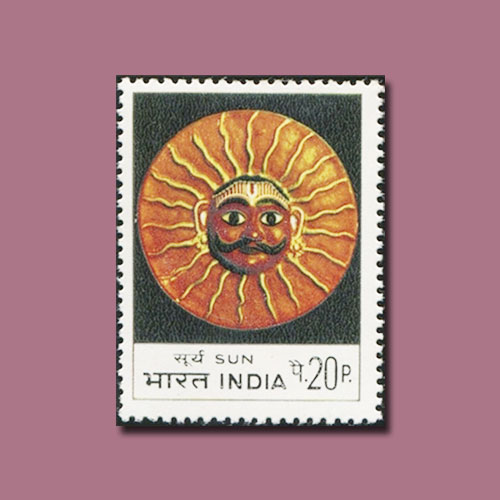Last Eclipse of the Year 2019
2019-12-26 Thu
Annular Solar Eclipse, which occurred today on Thursday, December 26, 2019, in the morning is the last eclipse of the year. Just before 2019 is about to end, we saw the sun turn into 'ring of fire' as we witnessed last Surya Grahan of the year. The solar eclipse was visible in India, Singapore, Saudi Arabia, Australia and the Philippines. Interestingly, did you know that each year there are between 2 and 5 solar eclipses?But first things first, what is a solar eclipse?
A solar eclipse occurs when a portion of the Earth is engulfed in a shadow cast by the Moon which fully or partially blocks sunlight. This occurs when the Sun, Moon and Earth are aligned. In a total eclipse, the disk of the Sun is fully obscured by the Moon. In partial and annular eclipses, only part of the Sun is obscured. What we witnessed today was an annular eclipse. An annular solar eclipse occurs when the Moon's apparent diameter is smaller than the Sun's, blocking most of the Sun's light and causing the Sun to look like an annulus (ring).
Each year there are between 2 and 5 solar eclipses, whereas total solar eclipses are rare and happen only once every 18 months and can last a maximum of 7 minutes and 30 seconds.
Here’s another thing you might not know, a solar eclipse usually occurs in about 2 weeks before and after a lunar eclipse. Two eclipses usually occur in a row. Sometimes, even 3 eclipses can occur in the same season! So what we saw today was the first phenomenon of the season. Following it a Penumbral Lunar Eclipse will occur on Friday, January 10, 2020. The next annular solar eclipse will occur on Sunday, June 21, 2020.
So be ready to catch these celestial phenomena as they occur. Depicted beside is a Sun mask stamp issued by India Post in 1974. This winter season is much more than just holidays!
Visit philamart to view and purchase variety of stamps from all over the world.
Latest News
-
Ghiyath Shah as Heir Apparent
2025-09-25 ThuGhiyath Shah was the ruler of the Malwa Sultanate, reigning from 1456 to 1500. From 1456 to 1469, he...
-
Malwa Sultan Mahmud Shah Silver Coins
2025-09-11 ThuMalwa Sultan Mahmud Shah minted silver coins in round and square flans. <br><br> For round coins,...
-
Malwa Sultan Mahmud Shah Billon coin
2025-08-26 TueMalwa Sultan Mahmud Shah's billon coins followed three weight standards: 100 rati, 96 rati, and 80 r...
-
Fascinating Archaeological Facts on Postage Stamps - 91
2025-08-23 SatRhinoceros is one of the oldest land mammal species existing in India. There are five species of rhi...
-
Fascinating Archaeological Facts on Postage Stamps - 90
2025-08-23 SatUthiramerur, a Village in Kanchipuram, Tamil Nadu, is notable for its Temple inscriptions that descr...

